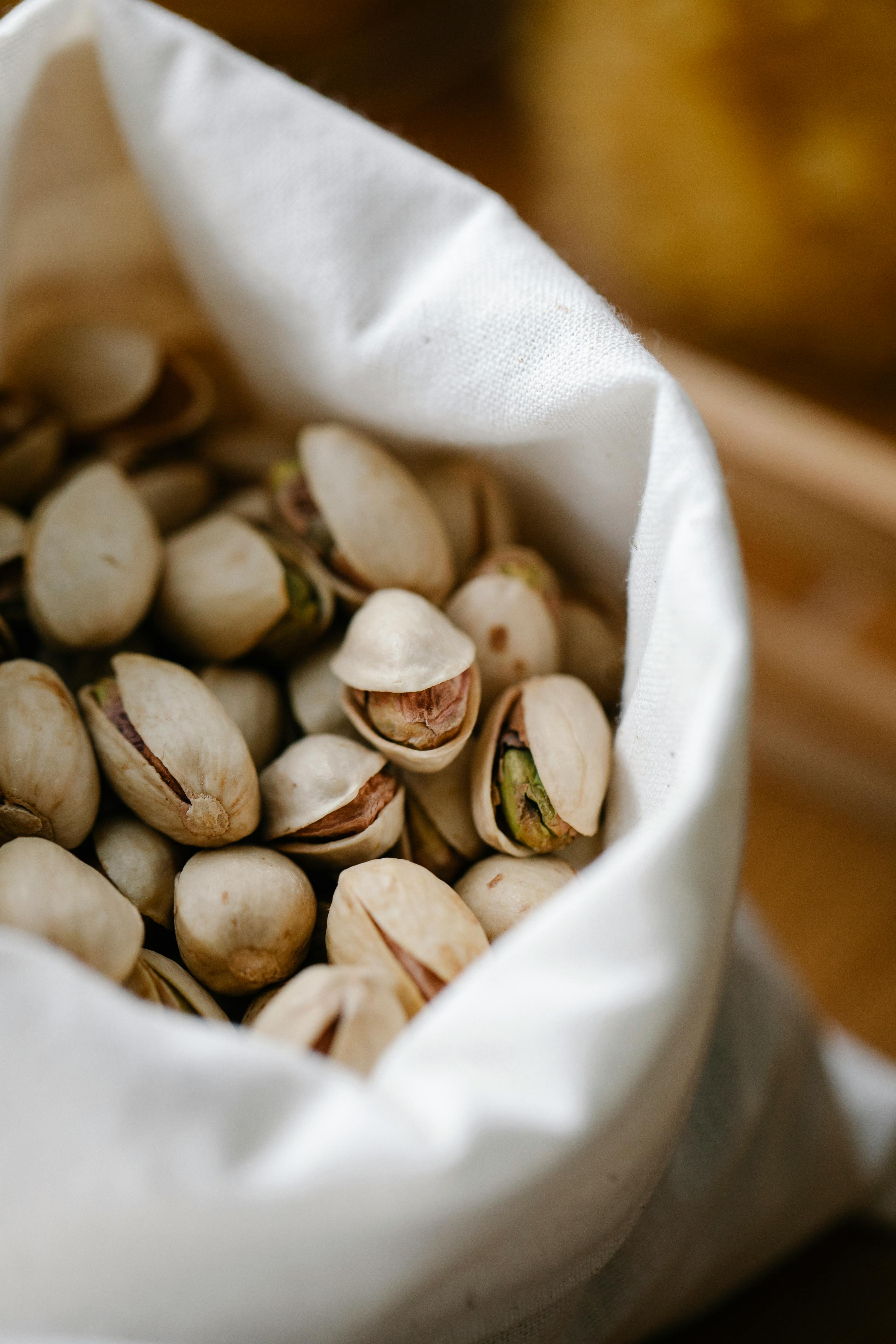Essential Guide to Fresh Fruits: Benefits and Varieties
Fruits are not just delicious; they are also packed with vital nutrients that our bodies need. From apple to watermelon, each fruit offers unique health benefits and flavors, making them essential components of a balanced diet. The variety of fruits available ensures that there is something for everyone, whether you prefer the sweetness of ripe bananas or the tartness of cherries. This article dives deep into various types of fruits, their benefits, and culinary uses, including fruit salads, smoothies, and more.
Children particularly enjoy fruits due to their sweet taste and vibrant colors, which can attract their attention and make healthy eating fun. Moreover, incorporating fruits into kids' diets can have lasting health benefits, laying the groundwork for lifelong healthy eating habits. As we explore different fruit types, you’ll learn everything from selection tips to creative ways to use them in meals.
Let's unravel the world of fresh fruits, starting with the most popular varieties and their nutritional profiles.
Top 5 Tropical Fruits and Their Nutritional Benefits
Tropical fruits are known for their exotic flavors and vibrant colors. Fruits such as mango, papaya, and kiwi are not only delightful but also bursting with nutrients. These fruits thrive in warm climates and are typically sweet, making them popular choices for fresh consumption or in desserts. Additionally, tropical fruits often provide unique antioxidants that are beneficial for overall health.
Benefits of Mango and Papaya
Mango is often referred to as the "king of fruits." Rich in vitamin A and C, mangoes improve immunity and skin health. Similarly, papayas are loaded with digestive enzymes that enhance gut health and boost overall digestion. Both of these fruits can be added to smoothies or served fresh in salads to enjoy their benefits while savoring their delightful flavors.
Nutritional Profiles of Kiwi and Pineapple
Kiwi is small but mighty, offering a high dose of vitamin C, vitamin K, and potassium, making it an excellent addition to fruit salads or as a snack. Pineapple, on the other hand, provides bromelain, an enzyme known for its anti-inflammatory properties. Including kiwi and pineapple in your diet can aid in digestion and provide necessary antioxidants.
Exploring Stone Fruits: Peaches, Plums, and Cherries
Stone fruits such as peaches, plums, and cherries are characterized by their fleshy exterior and a single large seed, or "stone," inside. These fruits are primarily available during summer and fall, making them seasonal delicacies worth seeking. They're rich in vitamins A and C, dietary fiber, and antioxidants.
Understanding Seasonal Availability and Purchasing Tips
Knowing when stone fruits are in season can significantly enhance your fruit selection experience. For example, peaches are typically at their peak in July and August, while cherries reach their optimal ripeness in June. When shopping at local fruit markets or grocery stores, look for plump, firm fruits with vibrant colors, as these are indicative of their ripeness.
Creative Ways to Use Stone Fruits in Cooking
Beyond just eating them fresh, stone fruits can be incorporated into a variety of dishes. They can be grilled for a smoky flavor, mixed into savory salads, or used in desserts such as cobblers and tarts. Additionally, stone fruits make a refreshing base for smoothies, creating a perfect summer treat.
Benefits of Citrus Fruits: Oranges, Lemons, and Limes
Citrus fruits are renowned for their refreshing taste and high vitamin C content, which boosts the immune system. Oranges, lemons, and limes are staples in many households due to their versatility. These fruits are not only delicious but also offer numerous health benefits.
How to Incorporate Citrus Fruits into Your Diet
The natural acidity of citrus fruits makes them perfect for flavoring dishes. Oranges can be segmented and added to salads, lemons can enhance the flavor of fish, and limes brighten up beverages and desserts. Citrus juice is also a great addition to marinades and salad dressings.
Refreshing Citrus-Based Recipes
Consider trying a lemon sorbet on a hot day or a vibrant citrus salad combining orange, grapefruit, and avocado. Such dishes not only elevate your meals but also pack a nutritional punch, making them ideal summertime options.
The Wonders of Berries: A Nutrition Powerhouse
Berries, such as raspberries, strawberries, blueberries, and blackberries, are often regarded as superfruits due to their high levels of antioxidants, vitamins, and fiber. These small, succulent fruits are an excellent addition to any diet, particularly for those seeking weight loss or healthy snacking alternatives.
Nutritional Value and Health Benefits of Berries
Berries are relatively low in calories yet high in nutrients, making them perfect as healthy snacks or additions to yogurt and smoothies. The antioxidants present in berries, particularly anthocyanins, can help reduce the risk of chronic diseases and promote overall health.
Best Practices for Snacking and Cooking with Berries
Fresh berries can be enjoyed straight off the vine, but they can also enhance dishes when cooked. Consider making berry compotes for pancakes or incorporating them into dessert recipes like fruit tarts or crumbles. Always wash berries thoroughly before consumption to enjoy them safely.
Refreshing Summer Fruit: The Sweetness of Watermelon
No summer gathering is complete without delicious watermelon. This refreshing fruit offers a hydrating experience with its high water content while being low in calories, making it a delightful snack during hot days. Watermelon is also rich in vitamins A and C, as well as antioxidants.
Choosing the Perfect Watermelon
When selecting a watermelon, look for a uniform shape and a creamy yellow spot on its underside, indicating ripeness. The fruit should feel heavy for its size and have a smooth, dull skin. Avoid watermelons with dents or bruises as these could indicate overripeness.
Delicious Ways to Enjoy Watermelon
Watermelon can be enjoyed in many forms—from fresh slices at picnics to refreshing juice or smoothies. Consider making a watermelon salad with feta cheese and mint for a delicious twist. You can also create popsicles out of blended watermelon for a fun, healthy treat.
Its part of generated content. Can i generate another part?